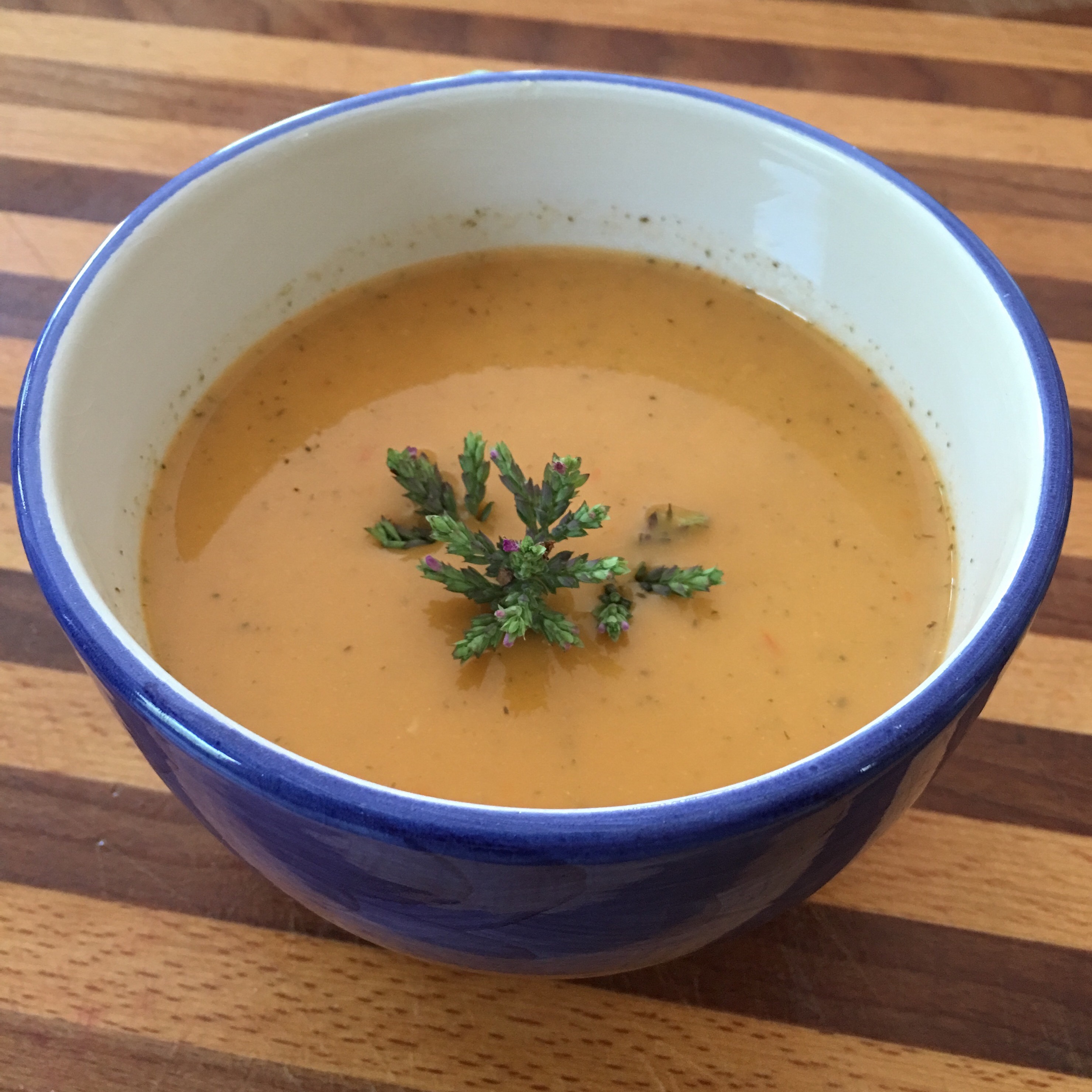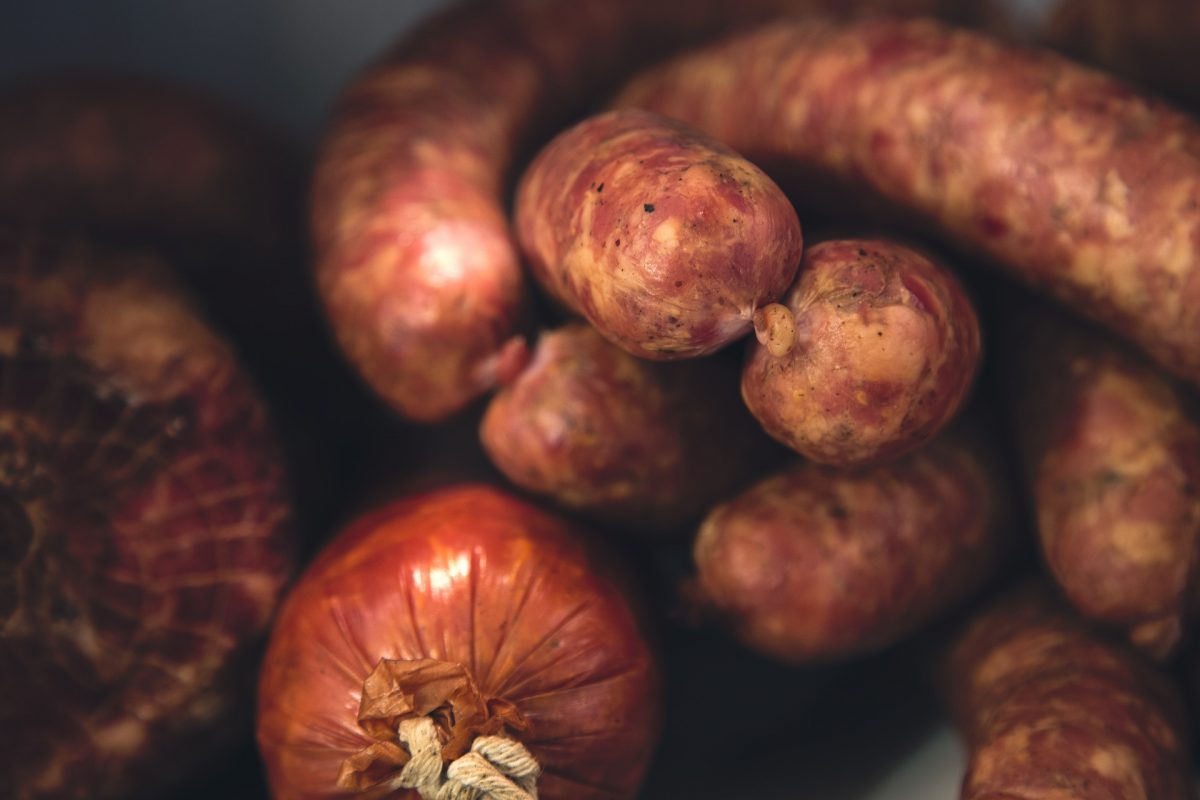I had a few people ask me for my gazpacho recipe so I thought that I would post it for you.
The weather has been so hot that simple recipes like this one requiring no cooking and little prep are a blessing.
For me it actually wasn’t the heat that I got the inspiration from rather it came from the extra tomatoes I had in the garden. I don’t have a lot of space to grow veggies but the few plants that I do have are doing well.
As mentioned gazpacho is not cooked. I veered a bit from the traditional Spanish inspired recipe and substituted the vinegar with my homemade Kombucha. I never pass up a chance to add gut friendly fermented food to meals that I am preparing. And the fact that it is a small amount ensured that the flavour would not be over whelming.
Now down to the serious business. The ingredients in the soup contain phytonutrients, antioxidants, vitamins and minerals that aid in cancer prevention.
To highlight a few:
Lycopene from the tomatoes is a carotenoid and gives tomatoes their red colour. Studies have shown that it may be beneficial as a chemo protective agent.
Bell peppers also contain carotenoids such as lutein, cryptoxanthin and zeaxanthin and are high in vitamin C and folate. As with the garlic and onions in the recipe, bell peppers have sulfur containing compounds used for detoxification.
Kombucha is a fermented drink containing B vitamins, enzymes and probiotics promoting gut health and cancer prevention.

Gazpacho
(This recipe yields about 1 litre or 4 cup)
4-5 large ripe tomatoes
1 Green Bell Pepper, seeded and cut into small chunks
1 English Cucumber, peeled and cut into small chunks
1 red onion, diced
1-2 cloves garlic
1 Jalepeno pepper, seeded and chopped
¼ cup Extra Virgin Olive oil
1-2 tsp unflavoured Kombucha
Directions
In a blender or with a hand held blender combine tomatoes, pepper, cucumber, red onion, garlic and jalapeno until smooth. With blender running slowly add olive oil. (Depending upon your blender, you may need to strain liquid to remove any solids. Do this before adding olive oil.)
Stir in salt and kombucha.
Chill and serve.
Enjoy!










